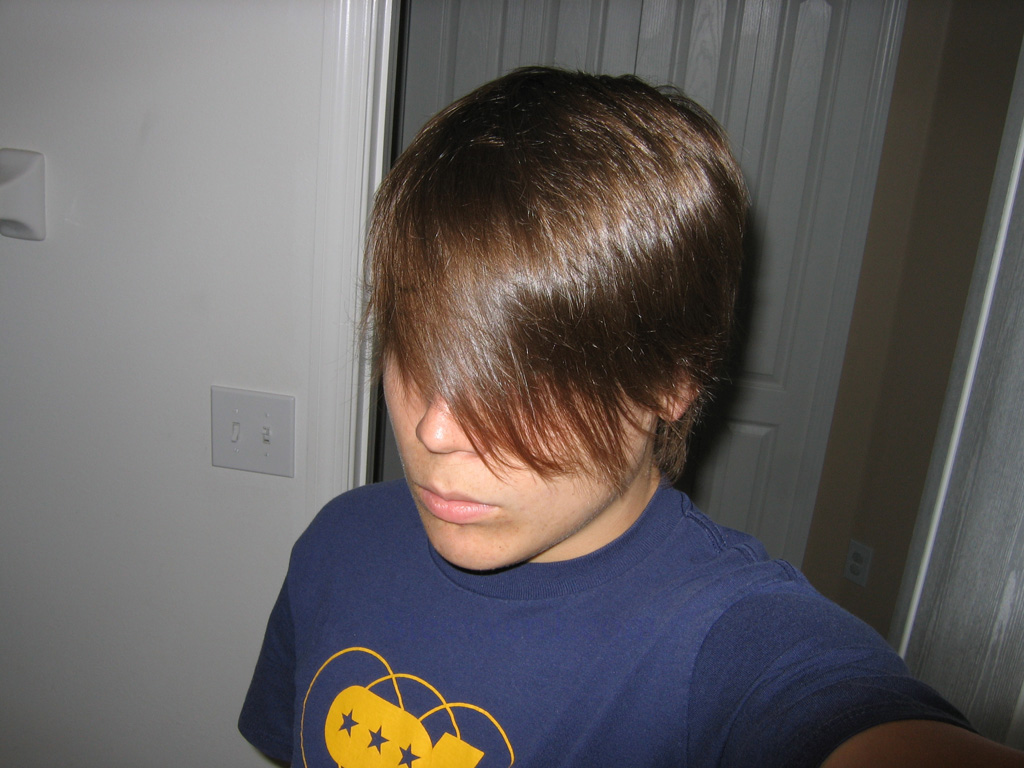Tim Jones
pfm Member
Seen and heard one of these decks recently for the first time.
I would suggest you forget everything you think you know about how Rega decks sound - I thought this deck sounded fabulous and reminded me a bit of the Pink Triangle Anniversary in its natural, open and powerful delivery. Looks great in the flesh, well done Rega.
PS: sounded so musical in combination with the new Musical Fidelity A1 which is the Hifi bargain of the last 5 years. Would make a great high end exotica “starter” combo……
At last, someone's actually heard one.



